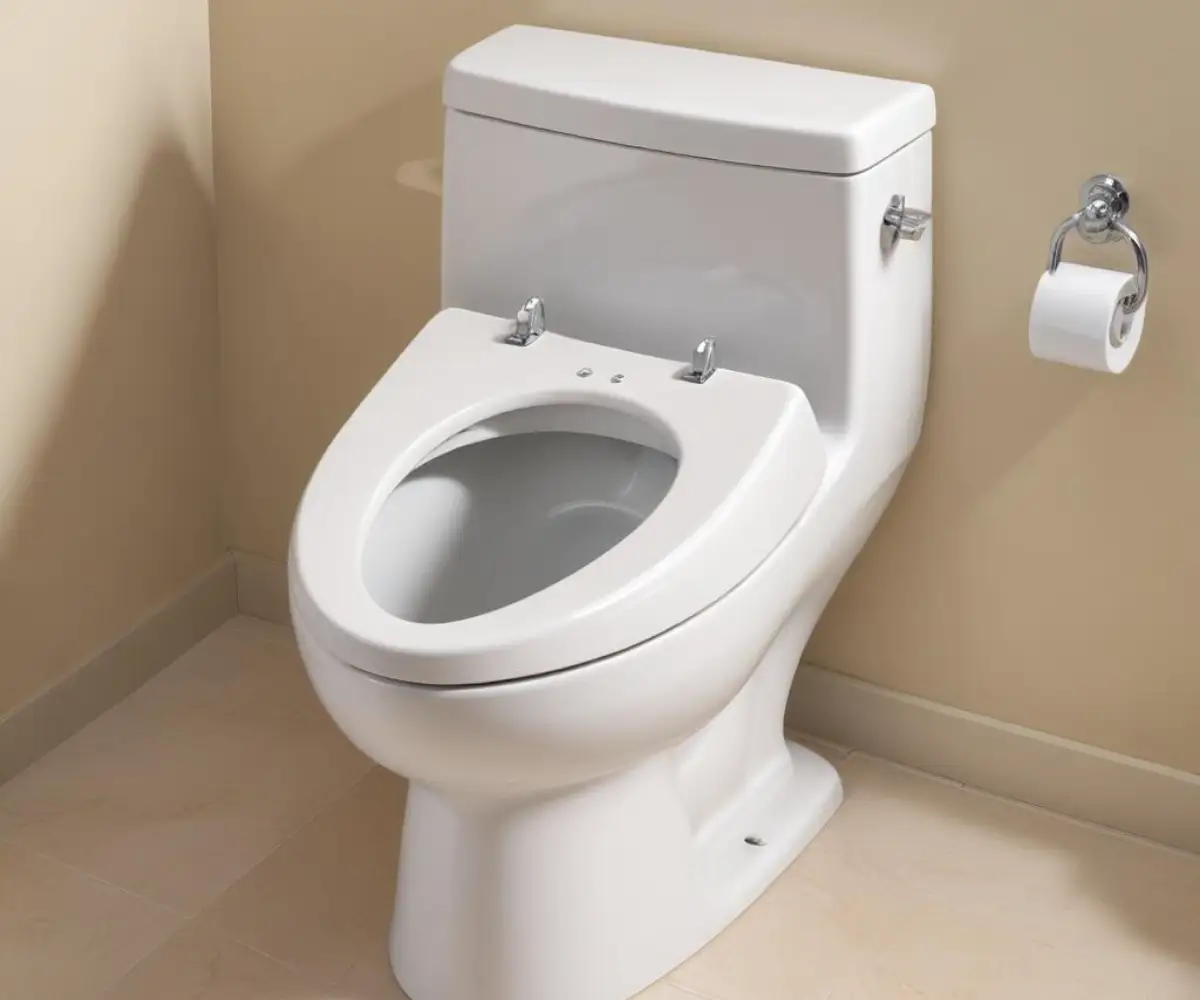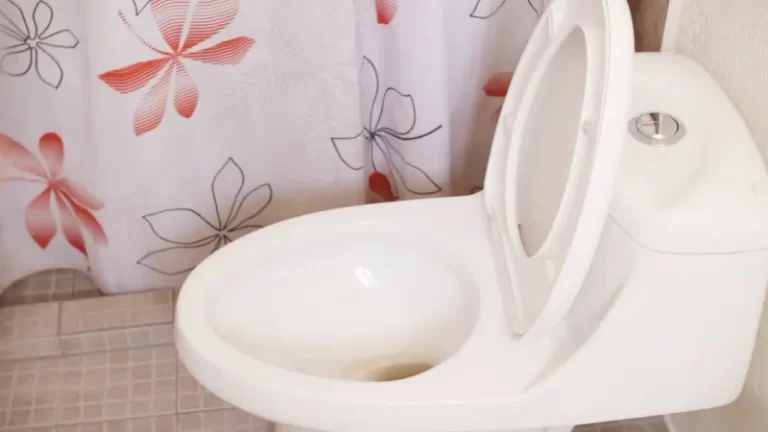Bidet Doesn’t Fit? Your Ultimate Guide to Solving Mismatches
You’ve finally done it. You invested in a modern bidet seat, dreaming of elevated hygiene and comfort. But after unboxing your new gadget, you’re hit with a wave of frustration: the bidet doesn’t fit your toilet. That sleek, promising piece of technology is now a source of confusion.
This is an incredibly common problem, but don’t panic. Whether it’s an overhang, a wobbly seat, or a connection that just won’t line up, nearly every fitment issue has a clear cause and a straightforward solution.
This comprehensive guide will walk you through diagnosing the exact reason your bidet doesn’t fit and provide actionable steps to fix it. We will turn your installation headache into a success story.
You'll Learn About
Why Your Bidet Doesn’t Fit: The Common Culprits
Understanding the root cause of the misfit is the first step toward fixing it. Most issues come down to one of a few common compatibility problems between the bidet and the toilet design.
The Great Mismatch: Round vs. Elongated Toilets
The most frequent reason for a bidet seat not fitting is a shape mismatch. Toilets in the United States primarily come in two bowl shapes: round and elongated. Bidet seats are manufactured to match these specific shapes.
An elongated seat on a round bowl will overhang significantly at the front, looking awkward and feeling unstable. Conversely, a round seat on an elongated bowl will leave too much of the ceramic rim exposed.

Mounting Hole Mayhem: Non-Standard Spacing
The vast majority of modern toilets have standardized mounting holes for the seat, typically spaced 5.5 inches (14 cm) apart. Most bidets are designed to work with this standard spacing, often with adjustable brackets to allow for minor variations.
However, some designer toilets, one-piece models, or older toilets may have non-standard spacing. If the holes are too wide or too narrow, you won’t be able to secure the bidet’s mounting plate correctly.
The Curved Tank Conundrum
Take a look at where your toilet tank meets the bowl. Many toilets, especially compact or one-piece models, have a “French curve” design. This means there is no flat surface behind the mounting holes.
The back of the bidet unit, which houses the electronics and water connections, can collide with this curve. This prevents the bidet from sitting far enough back on the bowl, causing misalignment and instability.
Not Enough Space: Bidet Hitting the Wall or Tank
Even if the bidet fits the bowl perfectly, the physical space in your bathroom can be the problem. The bidet’s housing or side control panel needs clearance to be installed and operated properly.
If your toilet is positioned too close to a wall or a vanity, you may not have enough room. This is a crucial check that is often overlooked until it’s too late.
T-Valve Troubles: Leaks and Connection Issues
The plumbing part of the installation can also be a source of frustration. Every bidet comes with a T-valve that diverts water from your toilet’s supply line to the bidet. The standard connection size for this valve is 7/8 inch.
If your toilet has a non-standard or rigid supply line, the included T-valve may not fit, leading to leaks or an inability to connect the water source at all. Mismatched threads are a common culprit.
The Pre-Purchase Check: How to Guarantee a Perfect Fit
The best way to solve a fitment issue is to prevent it from ever happening. Before you buy a bidet, taking just five minutes to measure your toilet can save you hours of frustration.
Step 1: Identify Your Toilet Bowl Shape
This is the most critical measurement. To determine your toilet’s shape, measure from the center of the seat mounting holes at the back of the bowl straight to the very front edge of the bowl.
A round toilet bowl will measure approximately 16.5 inches (42 cm). An elongated toilet bowl will measure approximately 18.5 inches (47 cm). Choose your bidet model based on this result.
Step 2: Measure Mounting Hole Spacing
Using a tape measure, find the distance between the center of the left mounting hole and the center of the right mounting hole. As mentioned, this should be around 5.5 inches.
If your measurement is significantly different, you will need to find a bidet model specifically designed for non-standard toilets or consider a different type of bidet, like a handheld sprayer.
Step 3: Check for Tank Interference
Measure the distance from the center of the mounting holes directly back to the front of the toilet tank. You generally need at least 1.5 to 2 inches of clearance for most bidet seats to fit without hitting the tank.
If you have less space or a pronounced curve, look for “slim design” or “compact” bidet models that require less clearance.
| Measurement | Standard Dimension | How to Check |
|---|---|---|
| Bowl Shape (Elongated) | ~18.5 inches | Measure from mounting holes to the front of the bowl. |
| Bowl Shape (Round) | ~16.5 inches | Measure from mounting holes to the front of the bowl. |
| Mounting Hole Spread | 5.5 inches | Measure between the center of the two holes. |
| Clearance to Tank | 1.5 – 2 inches | Measure from mounting holes to the front of the tank. |
| Water Supply Line | 7/8 inch connector | Check the nut connecting the hose to the toilet tank. |
Solutions When Your Bidet Is Already a Misfit
If you’ve already purchased a bidet and it’s not fitting right, don’t box it back up just yet. There are several ways to fix the most common installation problems.
The Wrong Shape: Exchange is Your Best Bet
If you bought an elongated bidet for a round toilet (or vice versa), the best solution is to exchange it for the correct shape. While you might be able to make it work, the overhang will be uncomfortable and can put stress on the seat hinges over time.
Forcing the wrong shape is not a long-term solution. A proper fit is essential for both comfort and the longevity of the bidet seat.
Solving Mounting and Alignment Problems
Most bidet seats come with an adjustable mounting plate. This allows you to slide the bidet forward or backward to align it perfectly with the rim of your toilet bowl.
First, loosen the bolts on the mounting plate just enough so you can slide it. Position the bidet onto the plate, adjust its position, and then tighten the bolts fully. While you won’t be using nails for this project, understanding fastener limits is key to any DIY task. For instance, knowing how much weight a brad nail can hold reminds us that using the correct hardware—in this case, the provided mounting bolts—is critical for a secure installation.
Dealing with a Curved Toilet Tank
If the back of the bidet is hitting the tank, your options are more limited but not impossible. First, check if the mounting plate can be adjusted further forward. Sometimes even a half-inch of adjustment is enough to provide the clearance you need.
If that doesn’t work, you may need a bidet with a slimmer profile. Bidet attachments, which sit under your existing toilet seat, often have a much thinner design and are less likely to interfere with a curved tank.
Fixing T-Valve and Hose Connection Issues
Leaks from the T-valve are almost always caused by one of two things: a missing rubber gasket or over-tightening. Ensure the black rubber gasket is seated correctly inside the T-valve’s top connector before you attach it to the toilet tank.
Hand-tighten all connections first, then give them a gentle quarter-turn with a wrench. Over-tightening can crack the plastic threads and cause a persistent leak. If the threads don’t match, take your supply hose and the T-valve to a hardware store to find a suitable adapter.
When the Problem Isn’t the Bidet, But the Toilet’s Position
In some cases, the bidet fits the toilet perfectly, but the toilet itself is installed too close to a wall or vanity. This can prevent the lid from staying up or block access to the side control panel.
In these rare cases, the toilet’s placement is the real issue. If there’s simply no clearance, you might wonder about repositioning the fixture. Understanding how much to move a toilet 6 inches can reveal the surprising complexity and cost involved, making it a last resort for most homeowners.
Don’t Give Up! Your Bidet Dream is Still Possible
A bidet that doesn’t fit is a temporary setback, not a permanent failure. By systematically identifying the problem—be it shape, spacing, or plumbing—you can find a clear and effective solution.
Always start with careful measurements before you buy. If you’ve already made the purchase, use the adjustment features, check your plumbing connections carefully, and don’t be afraid to exchange the unit for a model that is better suited to your specific toilet.
The comfort, cleanliness, and confidence that come with a properly installed bidet are well worth the initial effort. A few simple checks are all that stand between you and a major upgrade to your bathroom routine.

